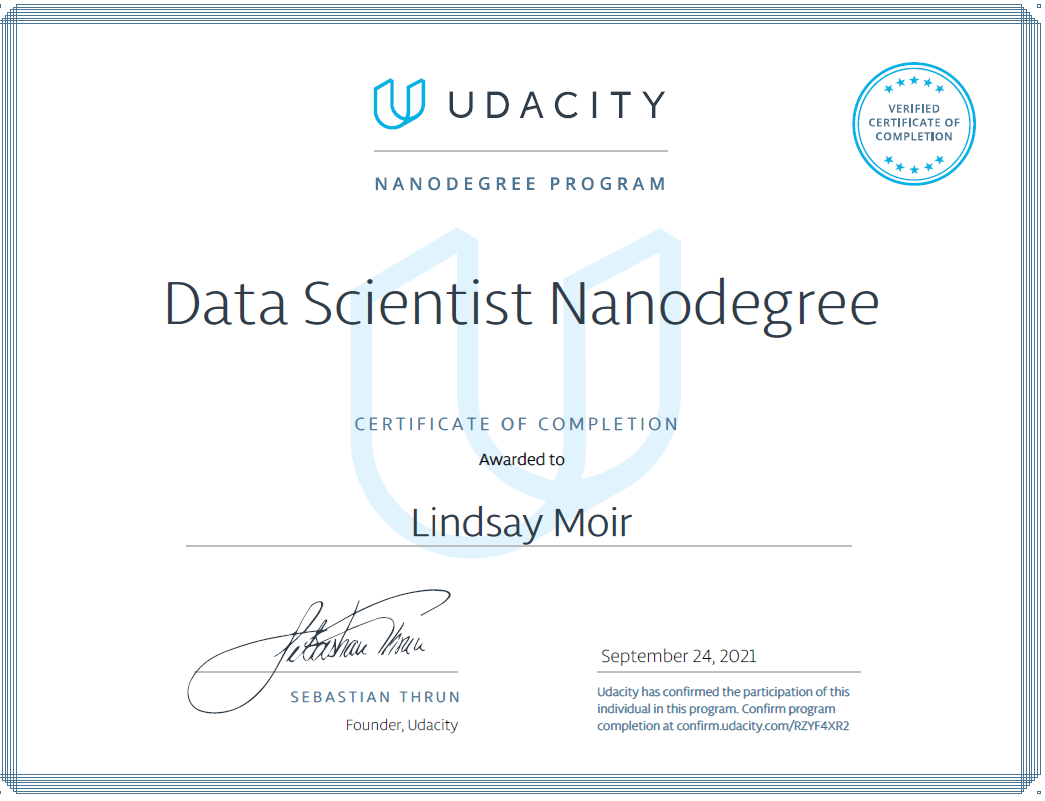 In September 2021 I completed my Data Scientist NanoDegree (DAND) from Udacity I have current skills in machine learning, deep learning, Natural Language Processing (NLP), computer vision, transfer learning, recommendation systems, A/B testing, Spark, and Flask. I can write and deploy machine learning applications from scratch to production and maintenance, including a variety of cloud offerings (AWS, Azure, and GCP).
In September 2021 I completed my Data Scientist NanoDegree (DAND) from Udacity I have current skills in machine learning, deep learning, Natural Language Processing (NLP), computer vision, transfer learning, recommendation systems, A/B testing, Spark, and Flask. I can write and deploy machine learning applications from scratch to production and maintenance, including a variety of cloud offerings (AWS, Azure, and GCP).
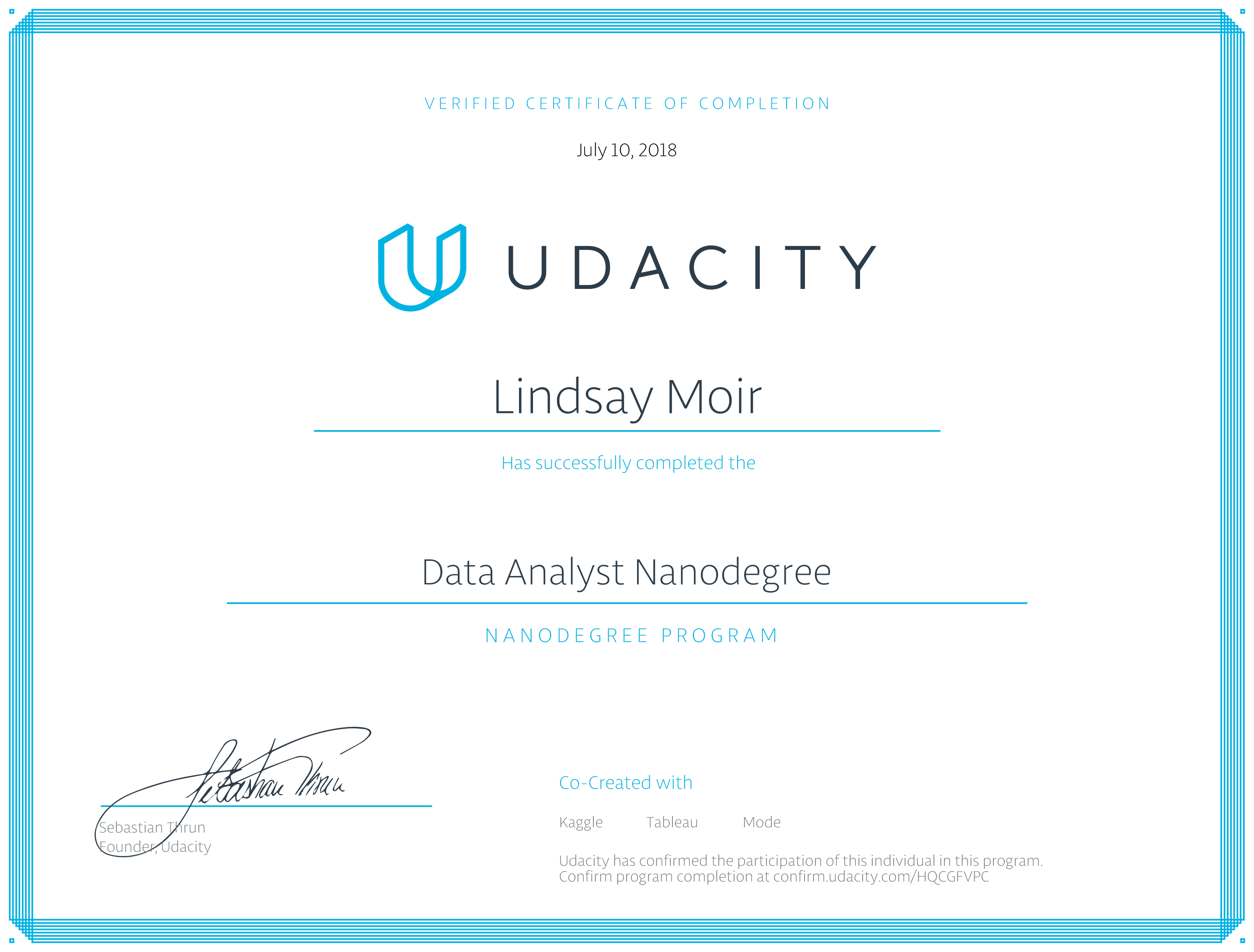 During 2018, I received the Data Analyst Nano Degree (DAND) from Udacity. I learned how to extract, wrangle and organize data. I uncovered patterns and insights using advanced statistical analysis, drew meaningful conclusions, and clearly communicated critical findings. I learned Python, R, SQL (refreshed SQL, I used to work for Oracle) and Tableau.
During 2018, I received the Data Analyst Nano Degree (DAND) from Udacity. I learned how to extract, wrangle and organize data. I uncovered patterns and insights using advanced statistical analysis, drew meaningful conclusions, and clearly communicated critical findings. I learned Python, R, SQL (refreshed SQL, I used to work for Oracle) and Tableau.
 When I graduated from U of C, I went to work for Honeywell Information Systems (HIS) as a pre sales support analyst helping them market mainframe computers. I was amazed at how much money HIS invested in training me! I intimately learned how computers worked from a hardware and software perspective and ended up learning 5 programming languages (Fortran, Cobol, Pl1, and 2 assembler languages), 3 database systems, and 2 operating systems.
When I graduated from U of C, I went to work for Honeywell Information Systems (HIS) as a pre sales support analyst helping them market mainframe computers. I was amazed at how much money HIS invested in training me! I intimately learned how computers worked from a hardware and software perspective and ended up learning 5 programming languages (Fortran, Cobol, Pl1, and 2 assembler languages), 3 database systems, and 2 operating systems.
 I graduated from the University of Calgary, in Alberta, Canada in 1977 in business. I took more computing science courses than I needed to as electives. My 4 year GPA was 3.3 and my 4th year GPA was 3.7. I returned to U of C many years later and took a molecular biology high intensity course. We extracted, cut, and ligated a Green Fluorescent Protein (GFP) into e Coli. Pretty cool to manipulate nature to create a glowing organism! This was part of my training for my life sciences company (United Bioinformatica Inc.).
I graduated from the University of Calgary, in Alberta, Canada in 1977 in business. I took more computing science courses than I needed to as electives. My 4 year GPA was 3.3 and my 4th year GPA was 3.7. I returned to U of C many years later and took a molecular biology high intensity course. We extracted, cut, and ligated a Green Fluorescent Protein (GFP) into e Coli. Pretty cool to manipulate nature to create a glowing organism! This was part of my training for my life sciences company (United Bioinformatica Inc.).
 I am currently working on a recommendation engine (Moon Shot Genius (MSG)) for buy/sell on lower priced stocks that are likely targets of insider training. The inputs are various social media feeds and stock market data.
I am currently working on a recommendation engine (Moon Shot Genius (MSG)) for buy/sell on lower priced stocks that are likely targets of insider training. The inputs are various social media feeds and stock market data.
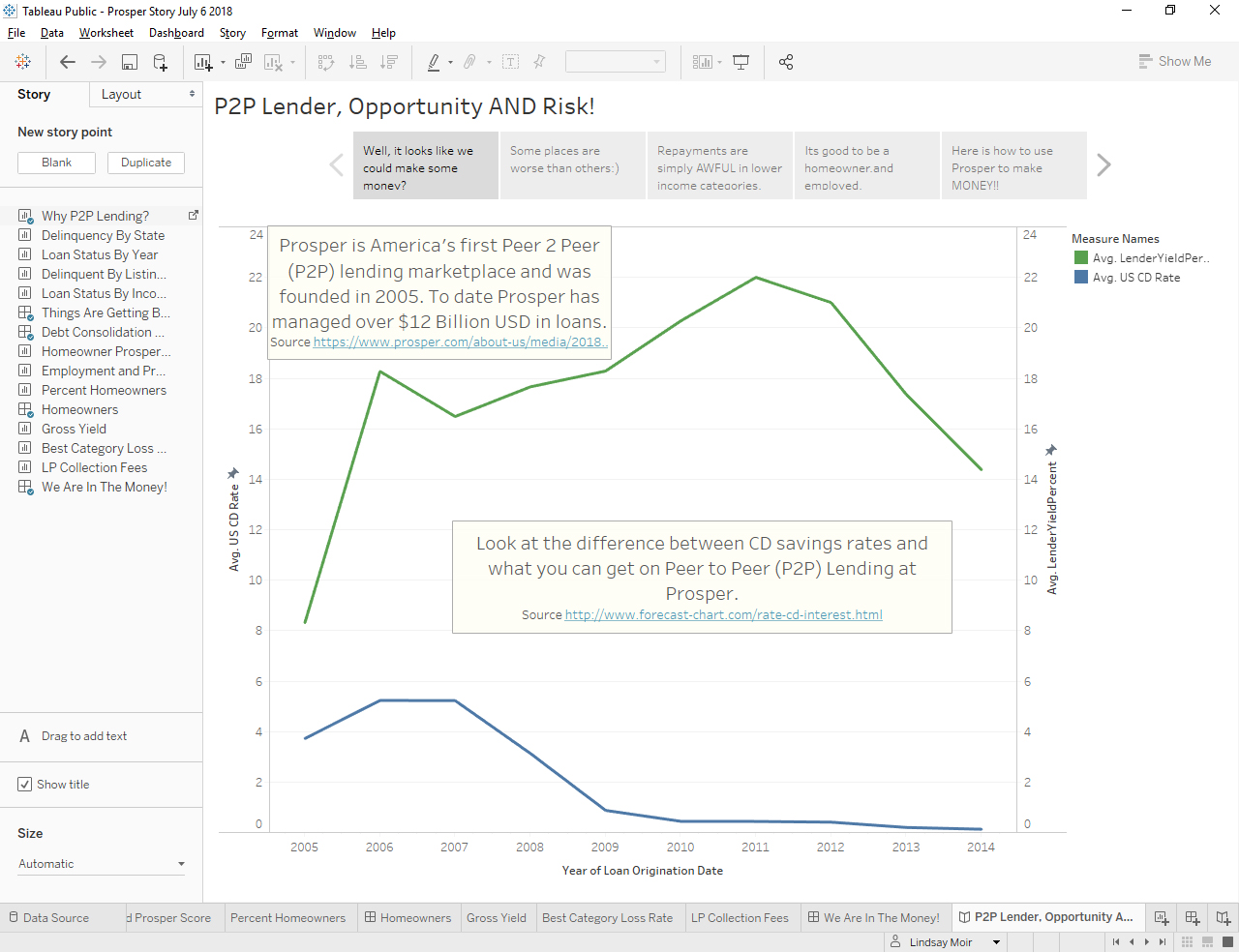
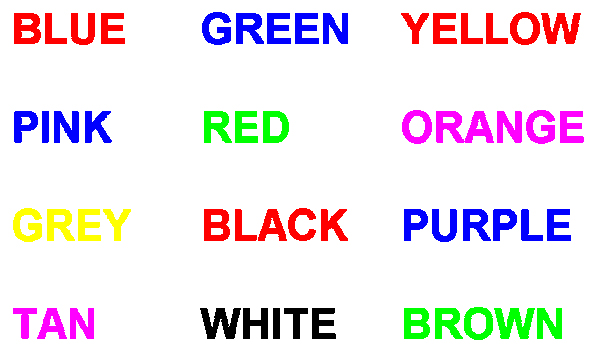
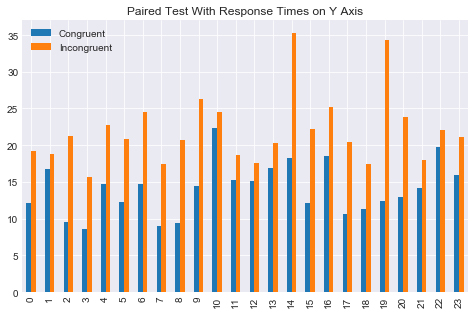
 In September 2021 I completed my Data Scientist NanoDegree (DAND) from
In September 2021 I completed my Data Scientist NanoDegree (DAND) from 
 I graduated from the University of Calgary, in Alberta, Canada in 1977 in business. I took more computing science courses than I needed to as electives. My 4 year GPA was 3.3 and my 4th year GPA was 3.7. I returned to U of C many years later and took a molecular biology high intensity course. We extracted, cut, and ligated a Green Fluorescent Protein (GFP) into e Coli. Pretty cool to manipulate nature to create a glowing organism! This was part of my training for my life sciences company (United Bioinformatica Inc.).
I graduated from the University of Calgary, in Alberta, Canada in 1977 in business. I took more computing science courses than I needed to as electives. My 4 year GPA was 3.3 and my 4th year GPA was 3.7. I returned to U of C many years later and took a molecular biology high intensity course. We extracted, cut, and ligated a Green Fluorescent Protein (GFP) into e Coli. Pretty cool to manipulate nature to create a glowing organism! This was part of my training for my life sciences company (United Bioinformatica Inc.).